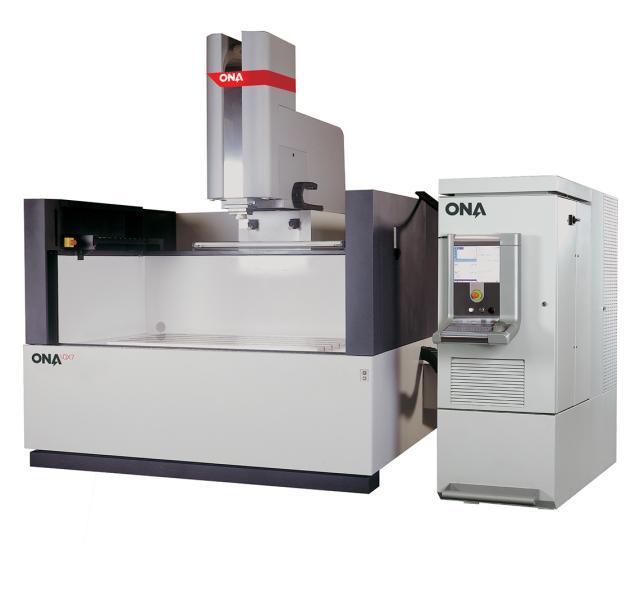Die-sinking EDM (Electrical Discharge Machining) technology delivers unmatched precision for manufacturing complex geometries in hardened materials. Ellison Technologies offers industry-leading die-sinking EDM machines that provide exceptional accuracy, superior surface finishes, and remarkable flexibility for challenging applications.
Whether you're manufacturing complex molds, precision aerospace components, or intricate medical devices, our comprehensive EDM solutions combine cutting-edge technology with expert implementation support to maximize your manufacturing capabilities. Partner with Ellison Technologies to achieve the precision, reliability, and efficiency your complex manufacturing challenges demand.

As the oldest EDM machine manufacturer in the world, ONA has pioneered EDM technology for over 65 years. With over 15,000 machines installed worldwide, ONA delivers quality Wire-Cut and Die-Sinking EDM in compact and modular configurations fitting a wide range of applications. Additionally, ONA offers customized EDM solutions to fit customer-specific needs.
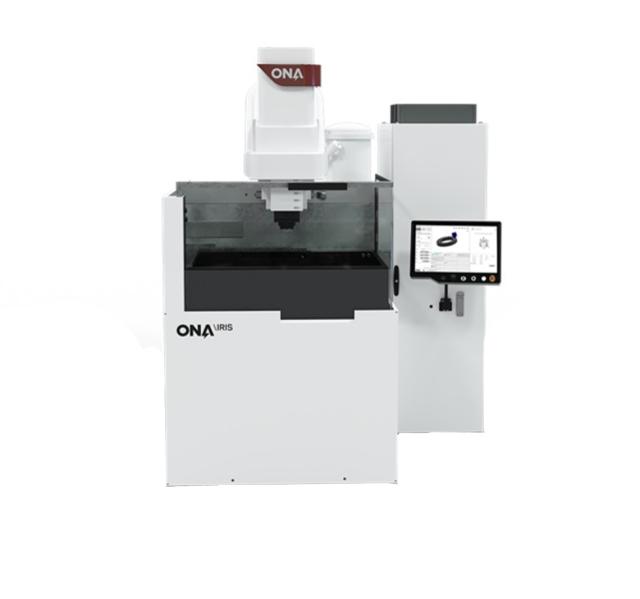
Compact IRIS Series
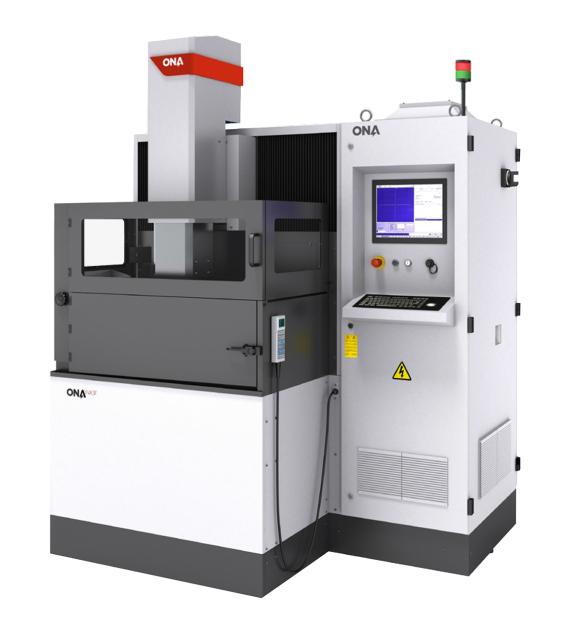
Compact NX Series
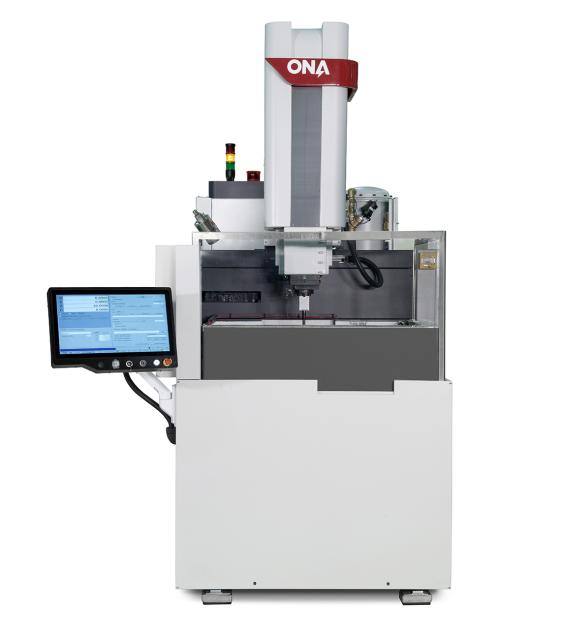
Compact QX Series
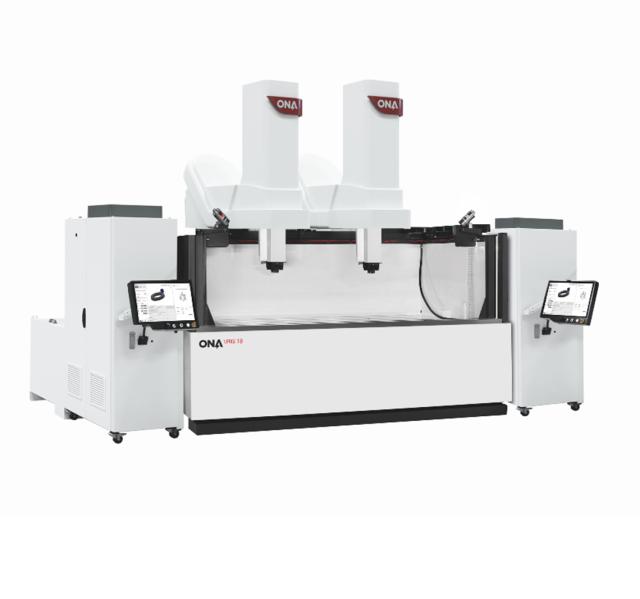
Double Head IRIST Series
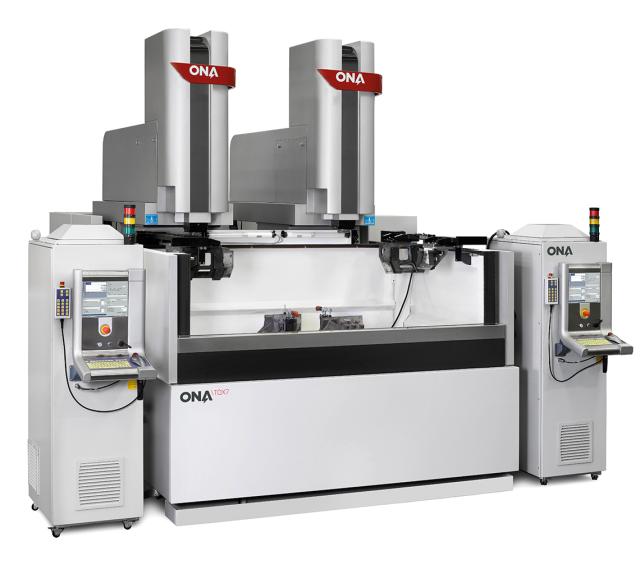
Double Head TQX Series
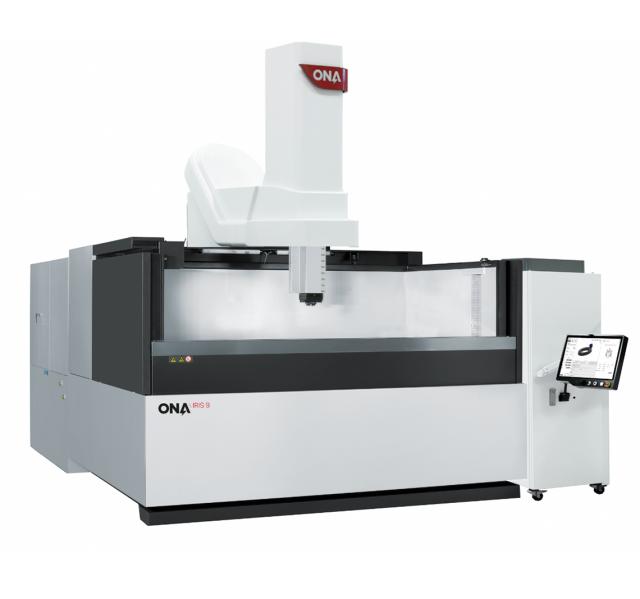
Modular IRIS Series
